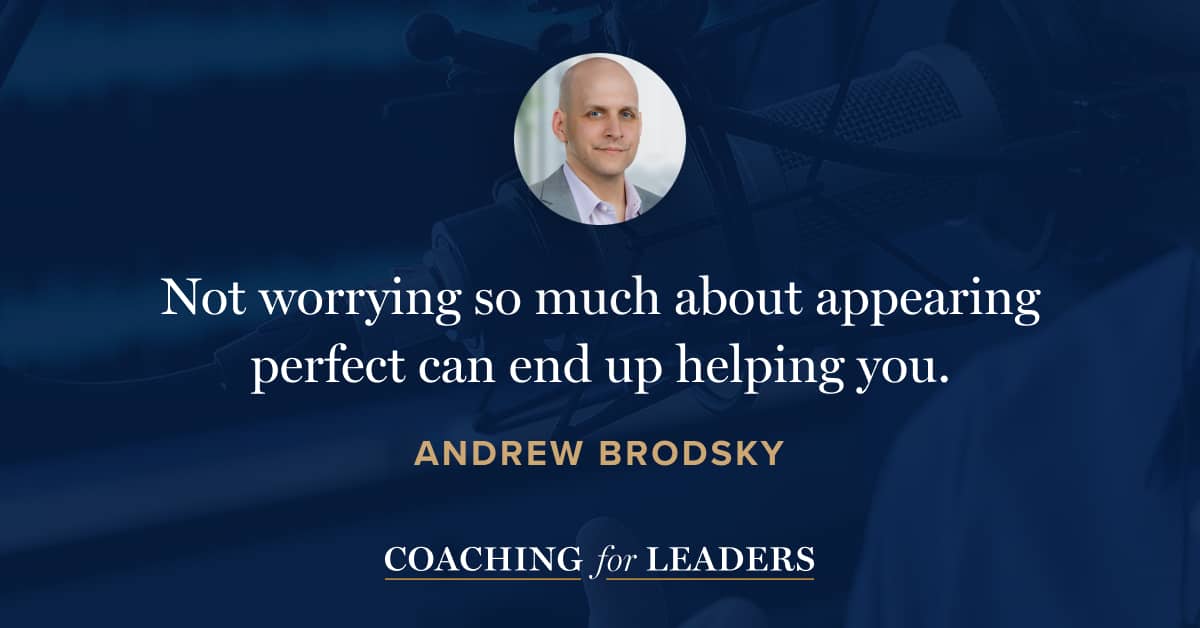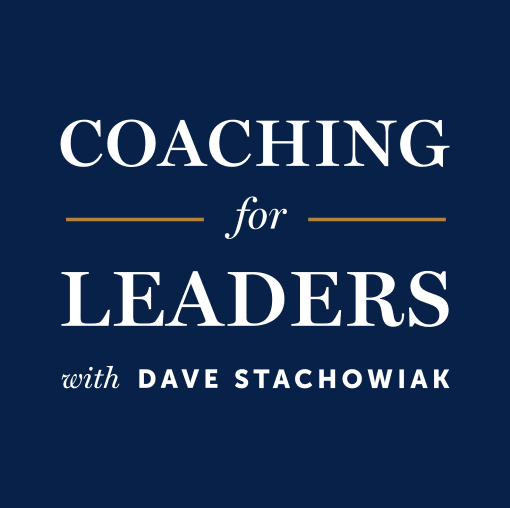Andrew Brodsky: Ping
Andrew Brodsky is an award-winning professor, management consultant, and virtual communications expert at the McCombs School of Business at The University of Texas at Austin. He is an expert in workplace technology, communication, and productivity, and serves as the CEO of Ping Group. He is the author of Ping: The Secrets of Successful Virtual Communication*.
We’ve all heard the well intended advice that having interactions in person is always best. And that being as close to perfect as possible is ideal. Turns out, not always. In this conversation, Andrew and I explore how adapting to the context of tough situations can help you show up in a way that’s helpful for the other party and for you.
Key Points
- In virtual interactions, what feels authentic to you may not seem authentic to the person you’re interacting with.
- While video is best for being present, it may not be best when your underlying emotions could leak into a situation.
- Surface acting helps us all land with the other party more authentically. Audio only can help this land better.
- If using a less rich medium to communicate (i.e. email instead of a conversation) it’s helpful to explain why you made that choice.
- People who appear perfectly competent may not be as likable. Consider surfacing blunders that aren’t central to the core expertise of your work.
- We often default to the medium that works best for us. Consider what will land best with the other party.
Resources Mentioned
- Ping: The Secrets of Successful Virtual Communication* by Andrew Brodsky
Interview Notes
Download my interview notes in PDF format (free membership required).
Related Episodes
- How to Genuinely Show Up for Others, with Marshall Goldsmith (episode 590)
- How to Make a Better Impression on Camera, with Mark Bowden (episode 643)
- How to Grow From Feedback, with Jennifer Garvey Berger (episode 713)
Discover More
Activate your free membership for full access to the entire library of interviews since 2011, searchable by topic. To accelerate your learning, uncover more inside Coaching for Leaders Plus.





